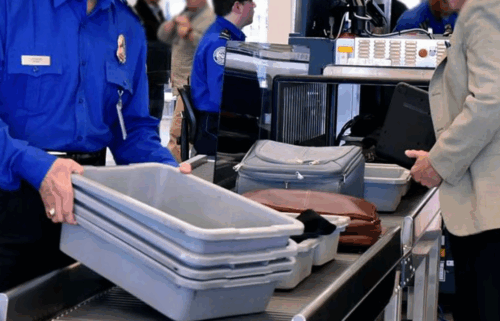A lab in a remote Namibian city is saving the cheetah from extinction

Human conflict, loss of habitat and the illegal pet trade have all played a part in the cheetah’s race to extinction.
According to researchers, over a hundred years ago, 100,000 wild cheetahs roamed across Africa, the Middle East, and Asia. But today the global population has dwindled to roughly just over 7,000.
In the remote city of Otjiwarongo in Northern Namibia, scientists are working hard to restore the cheetah population through conservation science.
Dubbed the cheetah capital of the world, the city is home to 1,400 wild cheetahs and the only cheetah genetics laboratory in Africa.
It is run by the Cheetah Conservation Fund (CCF) and it says it holds the world’s largest wild cheetah database of biological material along with blood, tissue, semen and egg samples collected from over a thousand cheetahs.
In 2007, CCF produced the first-ever in-vitro cheetah embryo using IVF in collaboration with the Smithsonian Institution and the University of California, Davis, USA.
The scientists achieved this by recovering eggs from some of their captive cheetahs and inseminating them with sperm in their lab. The outcome was the first ever cheetah embryo to reach the stage prior to implementation.
Understanding the cheetah
Understanding a cheetah’s genetic makeup has allowed conservation scientists to understand why the cheetah has declined dramatically in population.
“We started realizing that this was a unique species,” said Laurie Marker, who founded the Applied Biosystems Conservation Genetics Laboratory in Namibia. “Our early studies have identified everything you’d like to know about a cheetah.”
According to Marker, one of the biggest challenges cheetahs face is a low genetic diversity. She says because the population is so similar, an outbreak of disease could wipe them out entirely.
The CCF’s bank stores DNA extracted from various kinds of samples, such as scat (cheetah feces) and tissue.
To find the samples, the CCF has a scat detection program that deploys scat-sniffing dogs to find cheetah scat in the field.
“By using the scat-detection dogs, we can go out and we can find scat of the cheetahs and identify them individually,” explained Marker.
Once found, DNA is extracted by ecologists and studied using a gene sequencing machine. This process helps to obtain the genetic ID of individual cheetahs, to discover how many cheetahs are represented within the samples and to determine their gender and dietary habits.
Marker says scat samples also provide information from other cheetahs throughout Africa, revealing even more about the makeup of the populations.
“We’re looking at where the cheetahs are throughout the continent,” she said. “It was thought to be five sub-species up until a couple of years ago but due to genetics, we’ve been able to identify that there are really only four subspecies.”
Future farmers of Africa
CCF also developed a human wildlife mitigation program in Namibia called Future Farmers of Africa, to prevent further decline in the cheetah population.
Because 90 percent of cheetahs still live outside protected areas and alongside human communities, CCF says environmental education highlighting cheetah behavioral characteristics is crucial for farmers and cheetahs to live amongst each other safely.
The CCF estimates that during the 1980s, livestock and game farmers removed nearly 10,000 cheetahs, halving the Namibian cheetah population.
F
or the last 25 years as part of Future Farmers of Africa program, Marker and her team have placed over 650 dogs with farmers across Namibia to scare away potential predators as part of a livestock guarding dog program involving locals.
Marker says this program has changed people’s attitudes towards cheetahs as well as reducing livestock loss from all predators by over 80 and up to 100 percent.
“We’ve had close to 10,000 farmers go through the program,” she said. “That number has grown and grown. Now we do those programs out in the villages, in the rural communities and it has been just amazing.”




